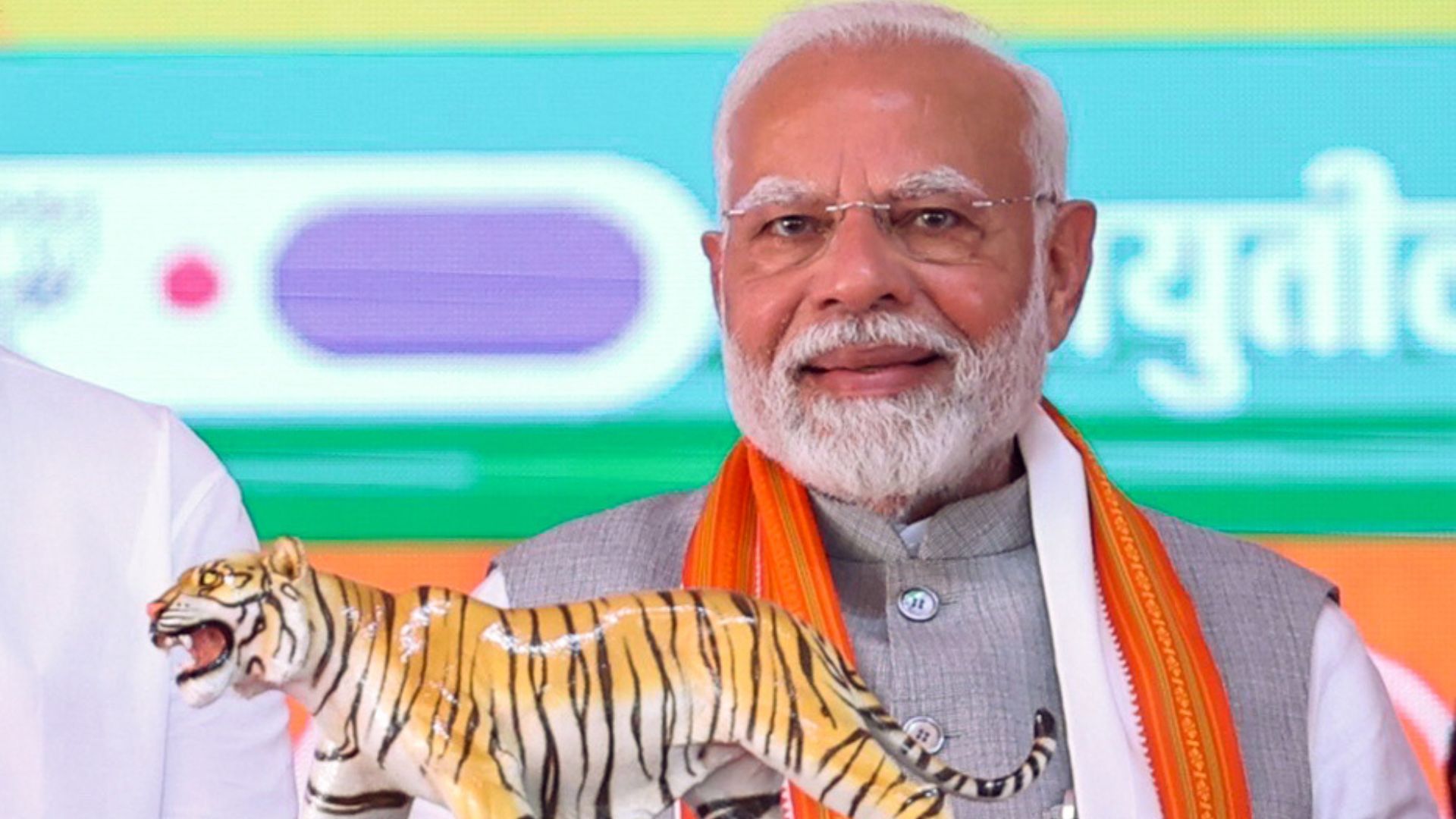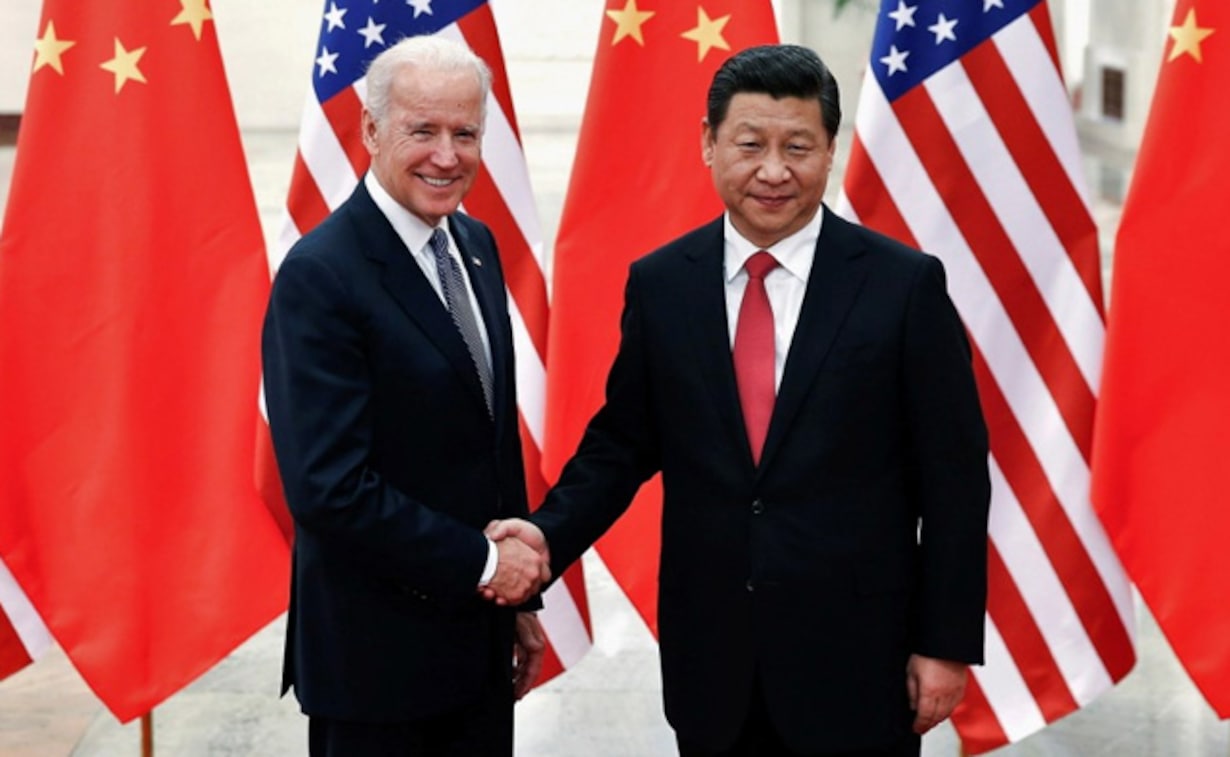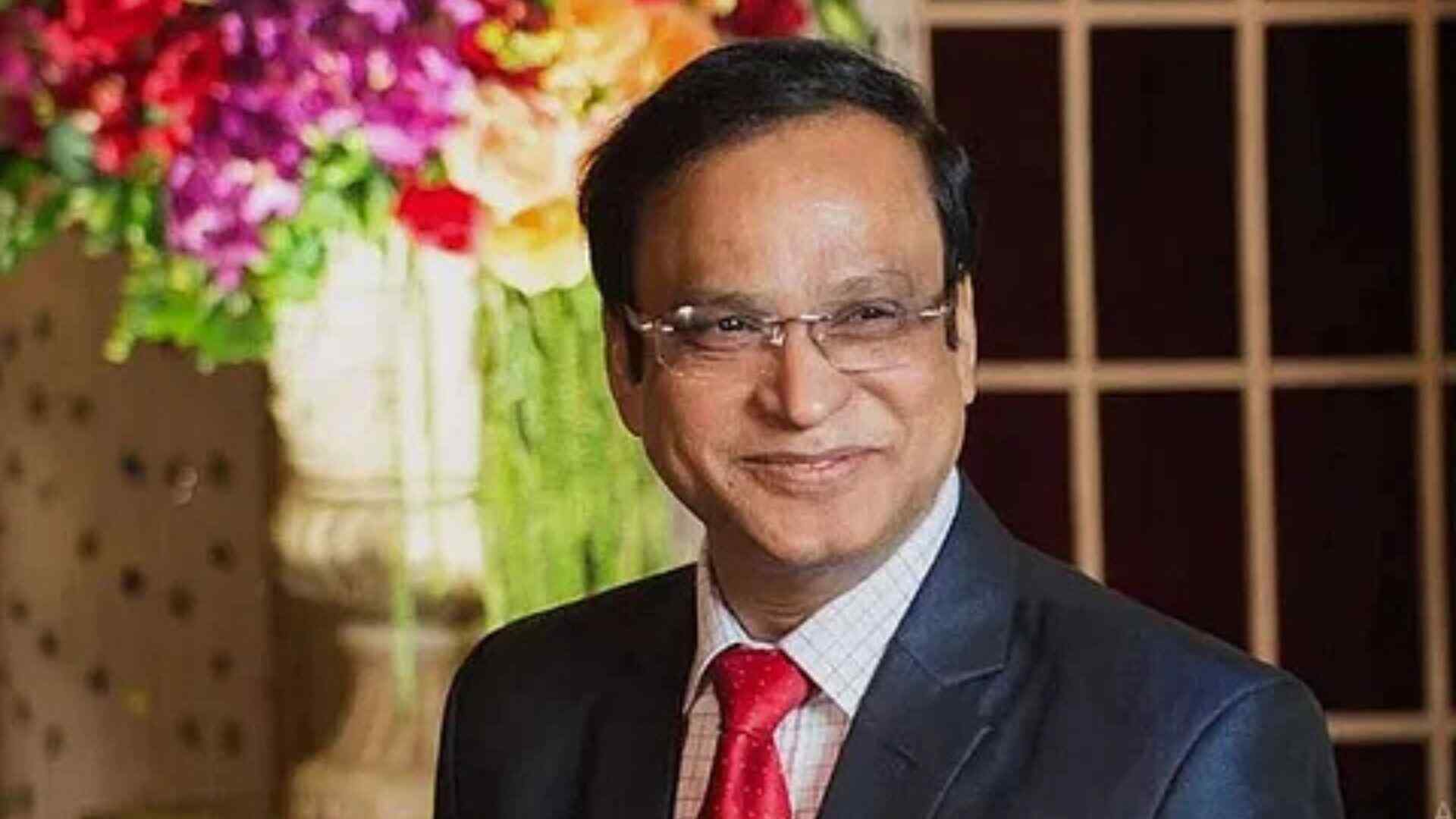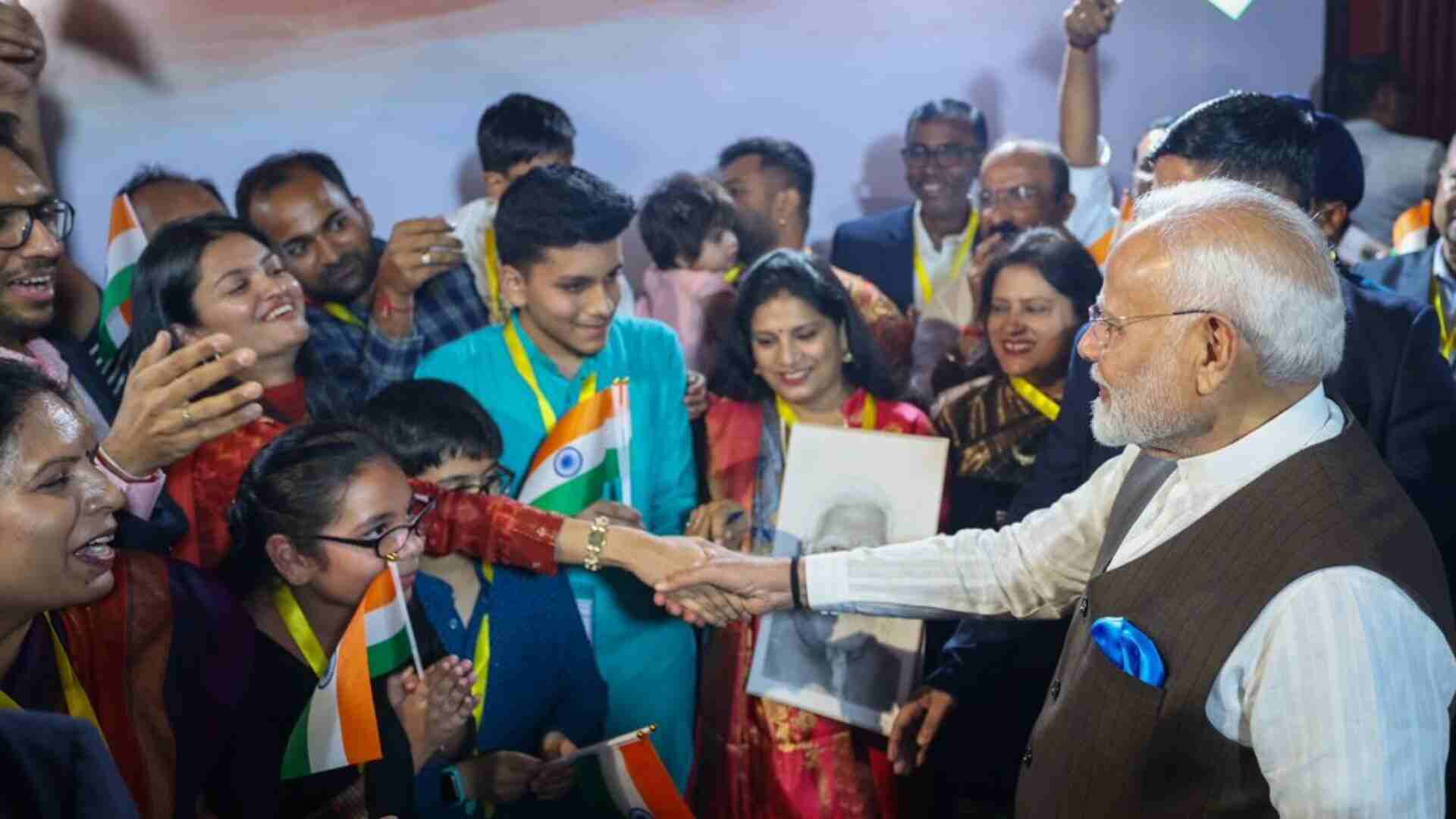
As we approach a new business cycle globally, most developed economies are seeing slowing growth and employment, while India continues to be in a position of relative strength. According to the Reserve Bank of India, private industry’s total capex was up 13.5% year as of August 2022 compared to last year. Business confidence is sharply up to 134.70 points this year compared to the first two quarters of 2021.
In manufacturing sector, FDI and capacity utilisation have been recovering well after the Covid-induced lull. For companies expanding manufacturing projects or contemplating new ones, the governments are a key and primary stakeholder they must engage with. This does not mean that engagement should not start and remain only with the central government. Companies commonly miss adequate state-level involvement with the local government, political leadership, and the civil society during the project planning and development phase. Many of the later stakeholders get to know of the project once implementation starts. This leads to additional questions and clarifications on project specs, value to the community, and potential environmental impacts. These result in delays, cost escalation or at times even reversing the decisions leading to significant loss of opportunities.
India’s manufacturing landscape is replete with high-profile examples where companies were faced with major challenges to complete their projects in time or could not complete them at all. Tata Motors could not succeed in setting up their Nano car project in West Bengal and had to move to Gujarat. Dow could not complete green field R&D centre in Maharashtra. These projects never saw the light of the day in their planned states, despite the best efforts made by the state governments. Rio Tinto exited mining project in Madhya Pradesh due to years of environmental opposition and inadequate state support. Posco faced the resistance in Orissa and had to abandon one of the largest integrated steel plant. This is not to mention smaller, less high-profile projects that never see the light of day. Bottomline is that Government, political leadership, and the communities in the state hold the key for successful and sustainable manufacturing enterprise. The contribution of the manufacturing sector in India is about 15% of the total GDP. This share has to increase to absorb growing aspirational workforce that is moving from farms to the cities, seeking a livelihood and better lives for their families. Many states have prioritised this early and are now industrially developed while others are trying to catch up. Gujarat, for example, worked on infrastructure, law and order, land acquisition policies and made them industry-friendly. They have successfully convinced the communities that industrial growth is in the larger interest of the state. As a result, the industry contributes 43% of the state GDP and agriculture 20%.
During a recent webinar on ‘Make in India for the World’, the Commerce and Industry Minister, Piyush Goyal, highlighted his vision for improving manufacturing and the exports. The minister urged the industry to look at ways of increasing the contribution of the manufacturing sector to 25% of the GDP from the current 15%. Minister Goyal’s words are a much needed signal to domestic and global companies that India is ready and willing for new businesses. However, this vision needs to be implemented, and the execution will take place at the state level, not at the central level. The federal structure of the Indian Republic mandates the distribution of powers between the central (Union) and state governments. States are run by the elected government; the ruling political party may or may not be the same as the one ruling at the centre. The Chief Minister of the state with the cabinet ministers, and the leader of opposition party actively participate in the democratic process of running the government. Opposition has the role of a watch dog to keep the government’s decisions aligned to the larger public interest. Civil society has an active role to defend public interest and keep the communities advised.
The world order has changed during last three years. China’s re-engagement with the world, specifically the US, the war in Ukraine, and uncertainty around energy prices are impacting many economies across the world. Industry is back on the drawing board to recraft the logistics and hence the associated manufacturing activities. South East Asian countries are vying to get the part of the pie while the industry is re-calibrating their exposure in China and Russia. India is and can be a clear beneficiary. Our captive market, demographic advantage, and work force gives us an edge over many competing countries. Global leaders have expressed their confidence in India – Vedanta and Foxconn investing US$19.5 Bn semiconductor manufacturing in Gujarat. Nestle has committed over US$ 650 million to expand their existing presence in 7 Indian states.
While the industry has a responsibility towards a federally-inspired government engagement strategy, states too must work on creating a sustainable and stable industrial environment. They must also have predictable policies and enable regulations to support the growth of industrial activities. The Industry, at the same time, has equal and shared responsibility to work with all the state stakeholders from the beginning, including project conception, land acquisition, permits and continue to work together in shaping policies, regulations and keeping rest of the stakeholder engaged on the value preposition of the project.
Make-in-India is a movement – a joint responsibility will move India as an industrial global powerhouse sooner
Rakesh K Chitkara has led public policy practice for major US corporations including Abbott Lab, General Electric, Dow Chemical and Monsanto.















